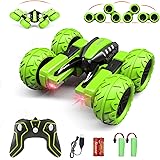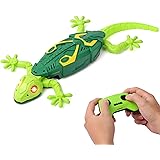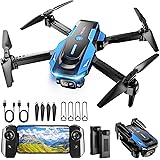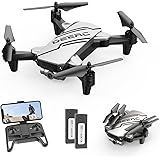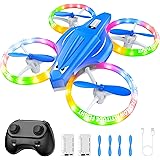Imagine the very genesis of flight, where inventors dreamed of machines that could defy gravity with grace and power. Humanity’s quest for superior aerial mobility has always pushed boundaries. The fascinating demonstration in the video above captures a pivotal moment in this ongoing evolution. It highlights a remarkable technological feat: a
Tricopter Drone Transforms into Fixed Wing VTOL.
The Ingenuity of Hybrid VTOL Systems
Modern aerospace engineering continually seeks optimal solutions. Traditional multirotors excel at vertical takeoff and landing (VTOL). However, their endurance and speed are often limited. Fixed-wing aircraft offer greater range and efficiency in horizontal flight. The challenge involves integrating these disparate advantages into one cohesive platform.
Achieving this synergy requires considerable ingenuity. A hybrid VTOL system merges these benefits. Such designs offer unparalleled operational flexibility. Their complexity demands advanced design principles and precise execution.
Understanding the Tricopter Drone Transformation
A tricopter configuration is an intriguing design choice. Three rotors provide lift and control during multirotor flight. This setup is inherently stable and maneuverable. The transformation mechanism is critical for its dual functionality.
Transitioning from tricopter to fixed-wing flight involves several key stages. Rotor orientation must be adjusted significantly. Thrust vectors are re-aligned for forward propulsion. The airframe itself is often reconfigured for optimal aerodynamics. This intricate process ensures a seamless shift between flight modes.
Mechanical and Aerodynamic Considerations
The mechanical aspects of such a transformation are profound. Actuators must precisely articulate the rotor arms. These components demand robust construction. Airframe rigidity is paramount throughout the transition. Any structural flex could compromise flight stability.
Aerodynamics shift dramatically between modes. The lift generation changes from rotor thrust to wing lift. Control surfaces, like elevons or rudders, become active. These must be precisely engineered for stability. Computational fluid dynamics (CFD) simulations are extensively used to optimize these designs.
Advanced Control Systems for Seamless Transition
The complexity of hybrid VTOL aircraft necessitates sophisticated control systems. Managing multiple flight regimes is a considerable challenge. Autonomous flight controllers are programmed for each phase of flight. They must interpret sensor data and execute commands rapidly.
During the transformation, control algorithms perform critical tasks. These algorithms ensure a smooth shift in propulsion. They manage the transition from rotor-based stability to aerodynamic stability. Real-time feedback loops are essential for maintaining control authority. Any deviation can lead to instability or failure.
Flight Control Algorithms and Software Stacks
Flight control algorithms are the brain of the system. These software stacks govern every aspect of flight. They manage thrust vectoring for vertical ascent and descent. Additionally, they control pitch, roll, and yaw during fixed-wing flight. Seamless transitions require perfectly orchestrated commands.
Imagine if these algorithms were less precise. The drone could tumble or lose altitude during transformation. Engineers meticulously fine-tune these systems. This ensures reliability and safety in all operational envelopes. This is where the true brilliance of a
Tricopter Drone Transforms into Fixed Wing VTOL
becomes evident.Efficiency Gains and Operational Advantages
The primary driver for such complex designs is efficiency. Multirotors consume considerable power for sustained flight. Fixed-wing aircraft are significantly more energy-efficient once airborne. This translates directly to extended flight times.
Operational range is also dramatically increased. Missions requiring long-distance travel become feasible. This hybrid approach offers the best of both worlds. Vertical takeoff without a runway is combined with efficient cruise flight. The operational envelope is thus greatly expanded.
Unlocking New Application Potential
The capabilities of a transforming VTOL unlock numerous applications. Remote inspections over vast areas benefit immensely. Delivery services can reach diverse locations efficiently. Surveillance operations gain extended loiter times. Mapping and surveying projects become more economically viable.
Search and rescue missions are also enhanced. The ability to quickly traverse distances then hover precisely is invaluable. This innovative technology serves many critical sectors. It truly represents a leap forward in unmanned aerial systems (UAS).
The Future of Adaptive Flight Platforms
The development of adaptive flight platforms is relentless. The demonstration of a
Tricopter Drone Transforms into Fixed Wing VTOL
is a testament to human ingenuity. Future iterations will likely feature even greater sophistication. Expect advances in material science and propulsion systems. Integration with AI for fully autonomous decision-making is also on the horizon.

